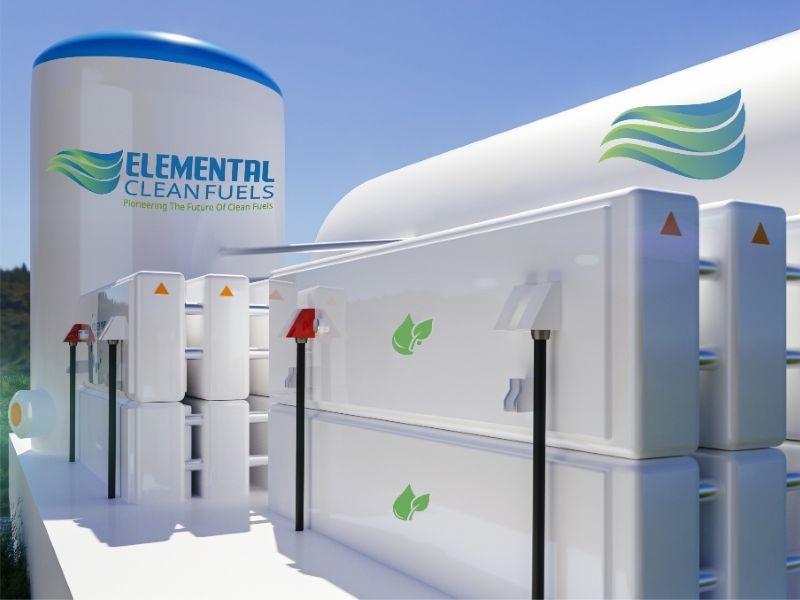
Carbon Upcycling Technologies has achieved what it says is a Canadian first, by integrating its carbon-capture technology into an operating cement facility in Mississauga.
Last week, the Calgary-based company broke ground on Carbon 1 Mississauga, its commercial carbon capture and utilization (CCU) facility at Ash Grove's cement plant west of Toronto.
A portion of the carbon dioxide (CO2) from the cement kiln of the factory will be fed into Carbon Upcycling’s infrastructure, and exposed to local industrial wastes which are chemically altered to sequester the greenhouse gas. The wastes will be turned into a powdered supplementary cementitious material (SCM), which functions as a cement substitute used to make concrete.
The $35-million project will produce up to 30,000 tonnes of SCMs per year while capturing over 3,000 tonnes of CO2.
A “very important milestone” to Carbon Upcycling, CEO Apoorv Sinha said Carbon 1 Mississauga represents a major scale-up for the company. He is aiming to make it a springboard for global expansion.
Carbon 1 Mississauga “provides us some fundamental learning to make sure that this is not just something that happens at this one-off plant,” but possibly over hundreds of plants during the next five to 10 years, Sinha said in an interview with Sustainable Biz Canada.
Carbon 1 Mississauga
Ash Grove, a cement manufacturer owned by Dublin-headquartered CRH, operates 12 cement plants in Canada and the U.S. One of those is the Mississauga site, which according to Sinha is one of Canada’s largest, producing 1.3 to 1.5 million tonnes of cement per year.
CRH Ventures, the venture capital arm of the company, “played an instrumental part in connecting us with CRH at the corporate level, and then at the business unit level,” he explained. The relationship between Carbon Upcycling and CRH began in mid-2022, then grew and matured, culminating in the Mississauga project.
Over the next two to three months, Carbon Upcycling will be “plugging into” the existing CRH infrastructure. By integrating with an existing facility, Carbon Upcycling will have the advantage of building its system faster compared to developing a new site.
Operations are expected to start in the first half of 2026. Between 12 to 15 of Carbon Upcycling’s staff will operate Carbon 1 Mississauga, Sinha said.
As for buyers of the SCM, Carbon Upcycling expects downstream partners to be announced during the next five to six months. The partners will include customers of CRH through its subsidiaries, such as its Concord, Ont.-based division Dufferin Concrete.
As a small commercial development, the project is not intended to result in double-digit emissions reductions, “but rather to demonstrate that our technology is able to scale and integrate at this first step,” Sinha said.
Once that is achieved, Carbon Upcycling will take the next step of “getting to more substantial volumes of carbon reduction as well as cementitious material production.”
Carbon Upcycling’s worldwide ambition
As a “perfect replica” for larger projects in the future, Sinha has the drive to expand his company’s technology to cement-producing facilities around the globe. In a previous interview, he said his target is to have Carbon Upcycling prepared to install equipment with the capacity of producing two to four million tonnes of SCMs by the end of 2030.
He is confident Ash Grove and CRH are interested in maintaining and expanding the partnership, as both companies are focused on decarbonization and creating domestic supply chains.
“The expectation and the absolute goal here is that this then gets transferred over to projects in France, in Poland, in Finland, in the U.S., and many other areas,” Sinha said.
In June, the company announced a US$18-million investment by European building materials firm Titan Group to support tests of its technology at two of Titan’s facilities in Greece and the U.S.
Two large cement producers (also Carbon Upcycling investors) are in discussions for collaborations, he disclosed, and the company expects to have a project with partners to announce this fall.










